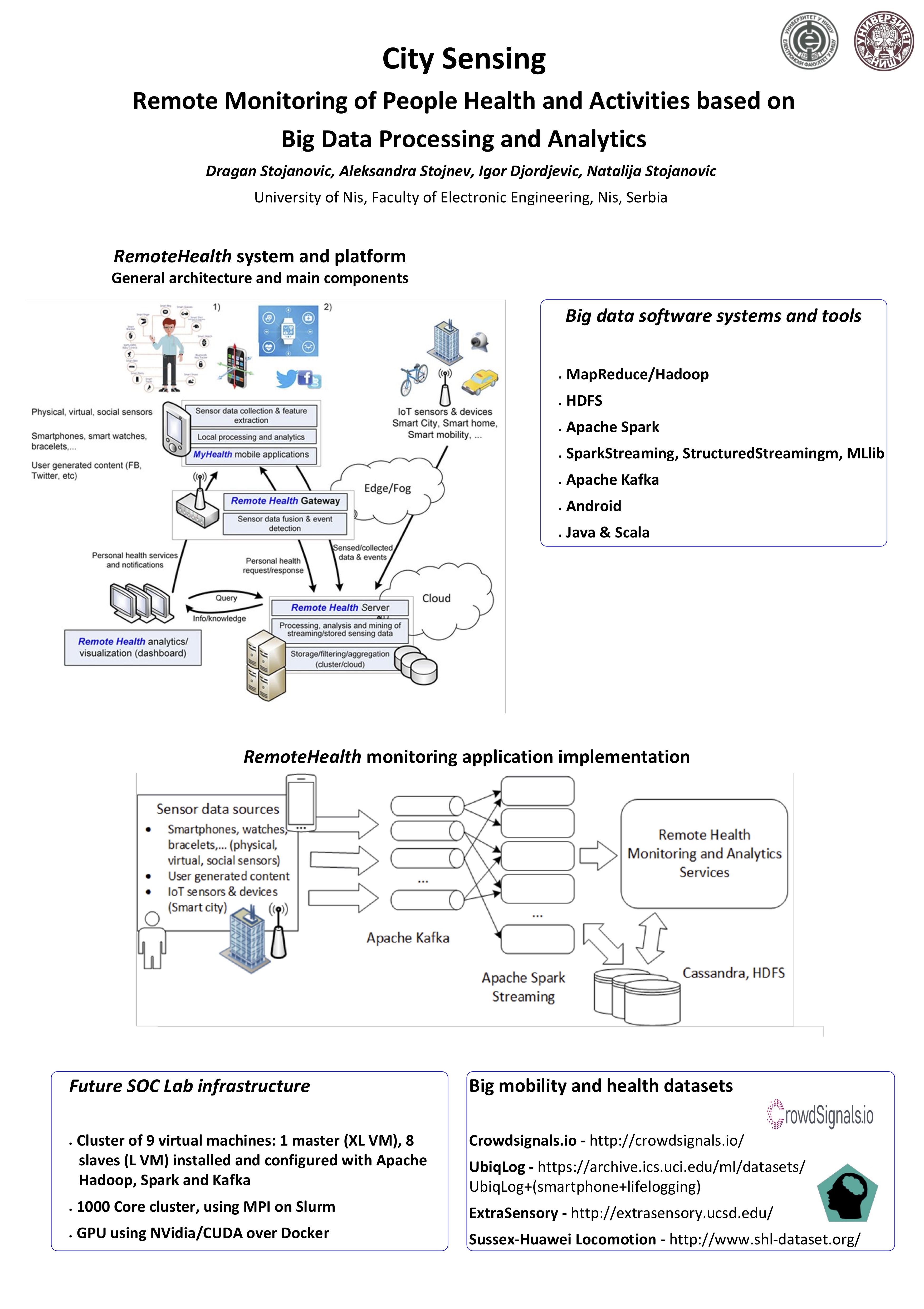
Use the built-in CrossValidator in PySpark with a suitable param grid and determine the optimal model. Let's now find the optimal values for the parameters of the ALS model. # importing appropriate library # Evaluate the model by computing the RMSE on the test data Root-mean-square error = 0.9968853671625669Ĭross-validation to Find the Optimal Model Evaluate your model and print out the RMSE from your test set.Generate predictions with your model for the test set by using the.Import RegressionEvalutor from pyspark.ml.evaluation.Now you've fit the model, and it's time to evaluate it to determine just how well it performed. Then fit the data to the training set and assign it to a variable modelįrom pyspark.ml.evaluation import RegressionEvaluator from pyspark.ml.recommendation import ALS # split into training and testing sets # Build the recommendation model using ALS on the training data # Note we set cold start strategy to 'drop' to ensure we don't get NaN evaluation metrics # fit the ALS model to the training set Make sure to set the userCol, itemCol, and ratingCol to the appropriate columns given this dataset. Fit the Alternating Least Squares Model to the training dataset.randomSplit() method on the pyspark DataFrame to separate the dataset into training and test sets


We aren't going to need the timestamp, so we can go ahead and remove that column. # import necessary libraries # instantiate SparkSession object # spark = ("local").getOrCreate() # read in the dataset into pyspark DataFrame movie_ratings = NoneĬheck the data types of each of the columns to ensure that they are a type that makes sense given the column.
SPARK LAB MASTER MOVIE
We will use the MovieLens dataset to build a movie recommendation system using the collaborative filtering technique with Spark's Alternating Least Squares implementation. This lab will guide you through a step-by-step process into developing such a movie recommendation system. The system suggests Breaking Bad to user B from data collected about user A.User B performs a search query for Game of Thrones.User A watches Game of Thrones and Breaking Bad.An example of a recommendation system is such as this: This enables organizations to offer a high level of personalization and customer tailored services.įor online video content services like Netflix and Hulu, the need to build robust movie recommendation systems is extremely important.

The goal of recommendation systems is to find what is likely to be of interest to the user. For Netflix, 75% of movies that people watch are based on some sort of recommendation. For Amazon, these systems bring more than 30% of their total revenue. We have seen how recommendation systems have played an integral part in the success of Amazon (books, items), Pandora/Spotify (music), Google (news, search), YouTube (videos) etc.


 0 kommentar(er)
0 kommentar(er)
